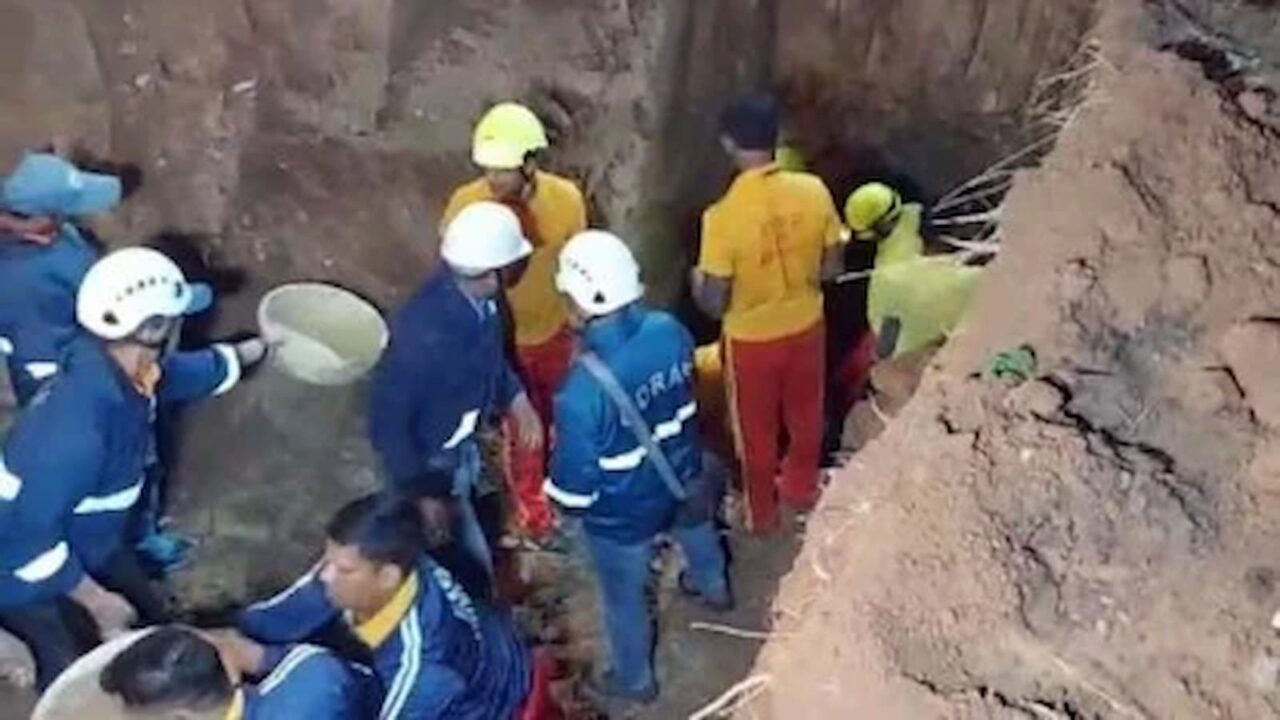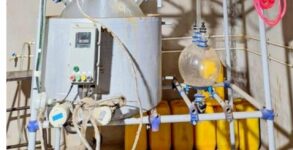Following an eight-hour rescue operation, a newborn baby was rescued from an open borewell at Laripali in Rengali area of Sambalpur district.
In addition to the undaunting spirit of the rescue workers, particularly the fire fighters, an electrical device that was essential to the rescue was the Victim Location Camera.
Airlifted from Bhubaneswar, the camera arrived at Laripali in the Rengali area of Sambalpur just in time to enable the rescue workers to locate the baby.
Dilip Jena, a Striking Team member, explained, “It is also known as the search camera. It allows us to locate victims inside holes such as borewells or under debris, as well as to determine whether the victim is alive or dead inside the hole, which in turn directs our rescue operation accordingly.”
“We left Bhubaneswar with the camera by a special flight at around 6:40pm. After arriving at Jharsuguda airport, a piloting vehicle took us to the spot at Rengali where the camera was used,” Jena added.
“The rescue operation was challenging for us. After reaching the spot we heard the cries of the baby. It made us conduct the rescue operation on war footing. Fire Services DG sent the camera from Bhubaneswar which helped us a lot to rescue the baby,” said another fire fighter.
The director general of the Odisha Fire Services, Sudhansu Sarangi, who provided regular updates on the progress of the rescue operation, indicated that the infant’s safety was of the utmost importance.
“As the iron pipe of the abandoned borewell was old and rusted, it was cut with an electric cutter. Earlier, a victim location camera had been sent to the site to ascertain the condition of the stuck child,” said Sarangi.
After hearing the infant’s cries, locals were notified about the incident at noon. Fire personnel responded to the scene and began the rescue operation. Later, an ODRAF team joined the rescue operation. Approximately 15 to 20 feet deep inside the borewell, the infant was trapped.
The rescuers deployed three excavators to dig a pit adjacent to the borewell. Health officials were also present. As a precaution against suffocation, oxygen was pumped into the borewell via a pipe. A filament bulb was placed inside to ensure warmth for the infant in freezing temperatures. Following an eight-hour grueling operation, the baby was successfully rescued from the borewell after a victim location camera was brought in from Bhubaneswar.
How Victim Location Cameras Work
Using the device, a telescopic probe is mounted on its head with a sensitive articulating video camera, enhanced with appropriate illumination, that can be inserted beneath the debris. The images are viewed remotely by the operator and other rescue personnel.
In addition, the system incorporates a two-way audio system that can detect life sounds from the victim and permit the rescue team to convey spoken instructions and assurances to him.
To reach greater depths, the camera, light, and sound system can also be mounted on one end of a cable since a rigid telescopic probe is limited in its depth.


















